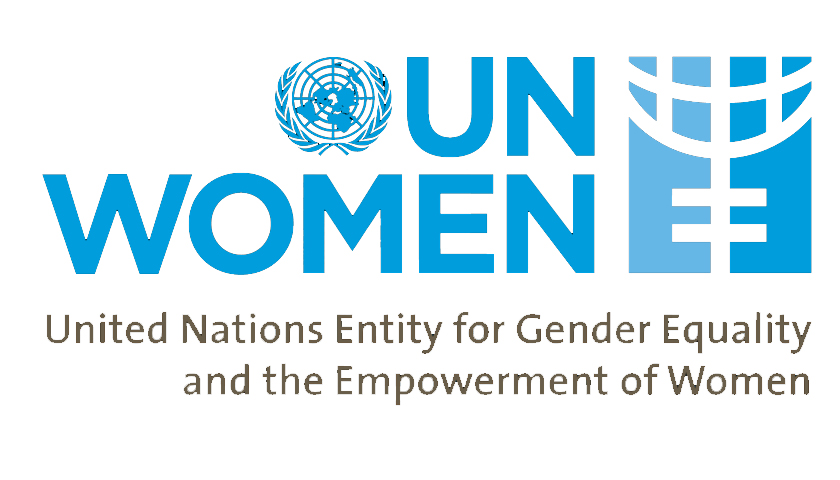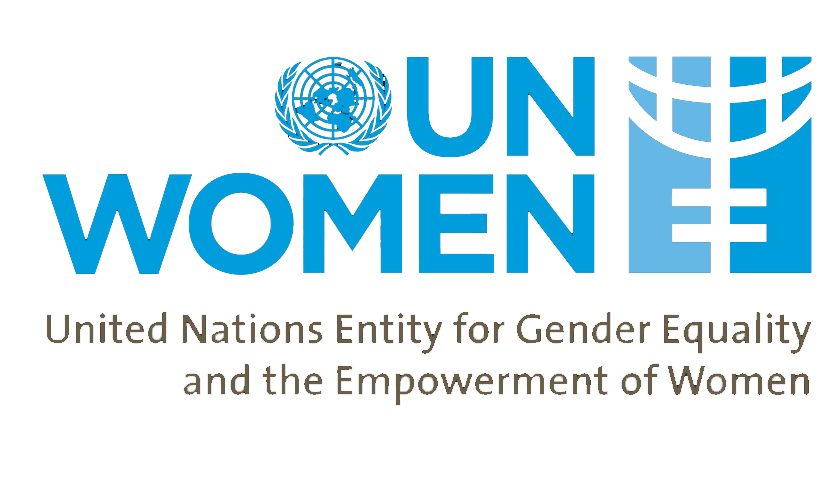The Unstereotype Alliance has released its new report “Beyond Gender 2: The Impact of Intersectionality in Advertising,” produced with support from LIONS and research conducted by Ipsos. The report examines the impact of intersectionality in advertising across four countries (Japan, Turkey, the United Kingdom, and the United States) revealing that advertising that represents people across a variety of social categorizations resonates with all consumers. This marks the second installment of the ‘Beyond Gender’ study; the first report released in 2018 centered on how gender intersects with cultural contexts and forms of discrimination in Brazil, India and South Africa. Convened by UN Women, the Unstereotype Alliance is a thought and action platform that seeks to eradicate harmful stereotypes from advertising and media.
Sara Denby, Head of the Unstereotype Alliance Secretariat, UN Women, said: “This unique study not only demonstrates that advertising has the ability to drive positive social change, but that fully representative and inclusive portrayals of people in all their unique complexities is good for business in every market. The distinct findings across the countries underscores the importance of approaching intersectionality through a culturally-nuanced lens, both in terms of representation, and the consideration of people’s experiences and feelings in each community.”
The new research found that intersectional advertising grows and deepens consumers’ ties with a brand in Japan, Turkey, U.K., and the U.S. The inclusion of progressive and intersectional portrayals of people drives their feelings of “closeness” with a brand – an indicator of brand performance – with a significantly acute impact on under-represented and traditionally marginalized communities.
Whilst intersectionality in advertising may be seen as only affecting a small or targeted group of people, the research illustrates its impact can be far greater. Many consumers state they do not see themselves in advertising and struggle to find products that feel as though they’re made for them – confirming the shift to more representative content is not just the right thing to do, but also a business imperative.
Philip Thomas, Chairman, LIONS said: “Lions supports these initiatives, firstly because they raise awareness of the issues facing our industry and secondly – and perhaps more importantly – because they offer best practice guidance on how we can drive change and progress. Intersectionality in advertising is an incredibly important area of focus; it supports the full and true representation of people’s lived experiences, and of course it’s been shown to drive business too. It’s our hope that people actively engage with the findings of this research and the importance of an intersectional approach so that we see more progressive and representational advertising reflected back.”
Kaitlin Love, Vice-President, Ipsos said:“Across the industry, consumers feel that brands lag behind the rapid demographic and normative shifts happening in society. This groundbreaking research shows that brands only stand to benefit from taking an intersectional approach in their advertising.”
Detailed breakouts along with context and perspectives from a range of respected academics can be found in the full report.
Some overall highlights from the report include:
- Changing expectations of advertising: Ads with diverse representations of people in terms of gender, race, ethnicity, religion, body size, sexual orientation, ability and more, in roles that defy traditional stereotypes, are best positioned to meet consumer expectations, and strengthen their business performance.
- Advertising still does not depict reality: The measure of feeling under-represented in advertising was held by most respondents in all countries: Japan (68 per cent), Turkey (66 per cent), the U.K. (59 per cent) and the U.S. (53 per cent). In all countries, those who identify as a minority were more likely to agree that they rarely see themselves in advertising.
- Consumer fears in daily life persist: The research included measures of self-perception and discrimination. Those traditionally considered to be at the margins of society in all four countries feared discrimination the most.
- The positive impact of intersectionality: While there were significant differences in each country in the reactions to advertising, at an overall level, intersectional ads that represent people across a variety of social categorizations performed well in Turkey (+3.5), the U.K. (+ 4.1), and the U.S. (+5.5), with less impact noted in Japan (+1.2). The degree to which the advertising moves people closer to the brand is, in most cases, higher among traditionally marginalized populations than the consumer average in each country. Across Turkey, the U.S., and the U.K., many of the groups that feel under-represented overlap with those who are most moved by intersectional advertising.
Market specific highlights from the report include:
- Japan: There is a disconnect between individualism in Japanese society and traditional social norms identified in advertising. Advertising is seen to entrench stereotypes and isn’t deemed to be reflective of society, 68% of consumers don’t feel represented. Intersectional advertising saw increased brand closeness (+1.2) and positive emotional associations – four in five Japanese consumers surveyed agreed completely or somewhat that the advertising tested was believable.
- Turkey: 66 per cent of consumers feel unrepresented in Turkish advertising and state that it is hard to find products made for them. This is experienced more acutely by groups that exist at the intersection of more than one traditionally marginalized population. Ads that are inclusive and challenge traditional roles are effective in terms of increasing brand closeness (+3.5) particularly among self-reported minorities (+4). Intersectional advertising made 54 per cent of respondents feel valued and these brands are seen to be both believable and inspirational.
- United Kingdom: Over half of British consumers surveyed rarely see themselves in advertising, particularly amongst those who identify as a minority (72 per cent minority women, 71 per cent minority men), as LGBTIQ+ men (73 per cent), those living with a disability (72 per cent), non-white men (65 per cent) and non-white women (68 per cent). There is a consistent belief that advertising still depicts people in traditional roles, however intersectional advertising is shown to be effective, notably among women aged 18-30 (+6.8 brand closeness) and especially for women that identify as minorities (+6), and LGBTIQ+ women (+5.8).
- United States: Many individuals state that they rarely see themselves represented in American advertising (53 per cent), which is even more common among groups who exist at the intersection of more than one traditionally marginalized populations, namely AAPIs, African Americans, immigrants, LGBTIQ+ populations, and those living with a disability. Intersectionality in advertising has the power to influence brand closeness among large segments of the US population (+5.5), especially among those who feel rarely represented, with highest impact reported among women (+8.1), those with lower incomes (+8.1) and Hispanics (+7.9).
About the research: Ipsos interviewed a total of 8,000 adults between April 17–30,2021. Adults were aged 18-74 in the US and Turkey, and aged 16-74 in the UK and Japan. Each country’s sample consists of 1,000 men and 1,000 women. As a build on the quantitative survey, Ipsos recruited members of their online community to provide qualitative insights and responses to the advertising.

